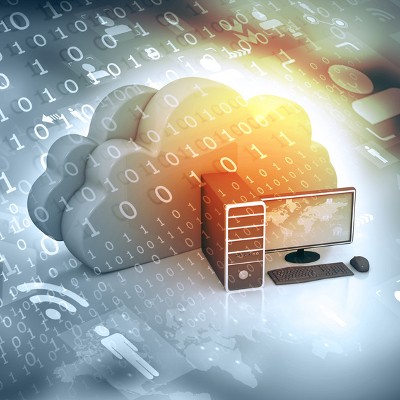The cloud has been a major game-changer for business technology, but perhaps its most important contribution has been to the backup and disaster recovery process. Businesses no longer have to suffer due to unforeseen circumstances such as hardware failure or hacking attacks. Instead, a cloud-based backup and disaster recovery solution, also known as BDR, can provide a considerable failsafe for your organization.
Before the advent of the cloud, data backup was largely considered a manual task. Tape backup was the primary mode of ensuring your data wouldn’t be wiped away in the event of a disaster. This method, however, is a rather outdated concept that can become an inefficient hindrance. Tape backup requires a considerable time investment from your business’ employees, as it needs to be set manually at the end of each business day. Furthermore, since tape backup can take a long time and use up a lot of network resources, the number of times you can take a backup every day is limited.
Most businesses will opt to start to back up their data at the end of the day, after everyone has gone home and the network resources are no longer needed. This opens your business up to risk from neglect, intentional or otherwise. Plus, since you’re only taking one backup every day, you are potentially losing out on data that isn’t getting backed up. You could lose up to a whole day’s worth of data in the worst-case scenario.
Unlike a tape backup solution, a cloud-based backup and disaster recovery system allows for a quick and efficient data backup process. Instead of relying on employees and risking user error, these systems are automated. This automation is one of the major draws to a cloud-based backup solution, as it eliminates much of the risk and helps to keep your organization’s data protected in the event of a disaster.
Cloud-based BDR also makes data backup easier because it allows for more than one backup every single day. Tape backup is so intensive that it can only be performed once a day, but by taking “snapshots” of data that has changed since the last backup was performed, cloud-based BDR aids redundancy in a significant way. Since the backups are only happening on files that are either in-use or those that have been changed, they are less intensive, and can happen much more frequently. We’re talking about at least every fifteen minutes or so, which is practically negligible data loss in a disaster scenario.
Finally, the most important aspect of cloud-based BDR is, without a doubt, the ability to quickly recover in the event of a disaster. Tape backup solutions can take several hours (all of which is downtime) to restore. On the other hand, cloud-based BDR can happen almost instantaneously with minimal downtime. You can even restore data directly to the BDR device so that it can act as a temporary server in the event your computing infrastructure has been damaged or malfunctions.
Your business can’t afford to waste time or resources on downtime. To learn more about how you can implement cloud-based BDR, reach out to us at (305) 448-6126.

